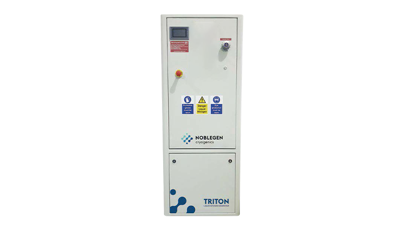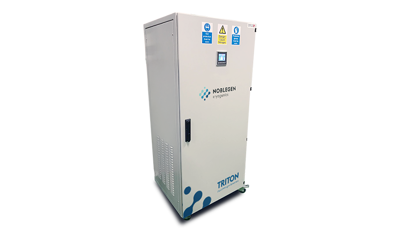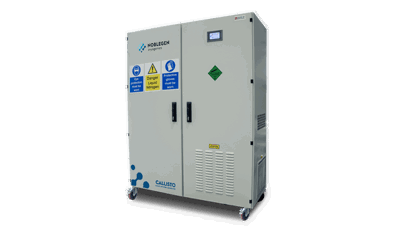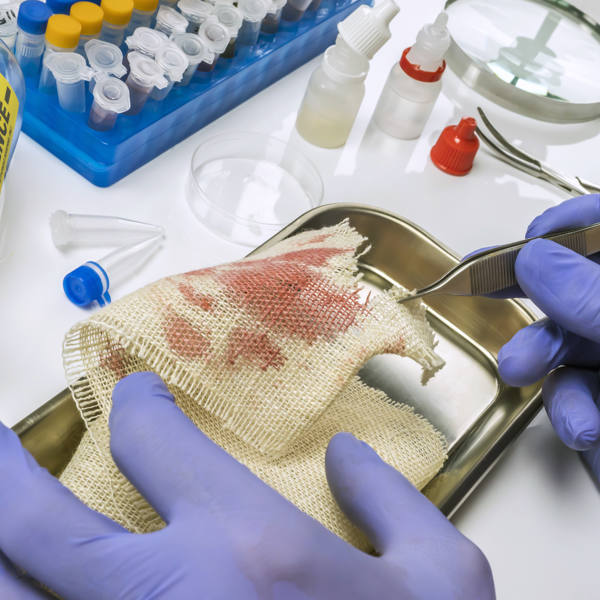
Liquid Nitrogen for Forensic Science Labs Using IR Spectroscopy
Infrared Spectroscopy is a key forensic tool for identifying complex compounds, primarily using Fourier Transform Infrared (FTIR) and Gas Chromatography–Infrared (GC-IR) technologies. Both require a steady supply of liquid nitrogen (LN₂) for detector cooling. This guide explains how LN₂ generators offer a reliable solution to bulk deliveries for LN₂ for forensic IR workflows.
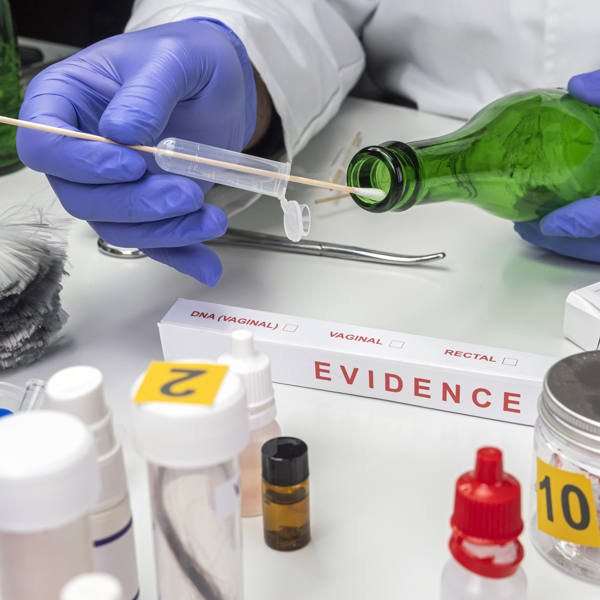
Why LN₂ Supply Matters in Infrared Detection
Infrared spectroscopy is a cornerstone of forensic science, enabling laboratories to identify unknown substances, verify material composition, and differentiate between closely related compounds. Both Fourier Transform Infrared (FTIR) and Gas Chromatography-Infrared (GC-IR) systems rely on infrared detection, though their liquid nitrogen (LN₂) requirements differ depending on detector design and analytical application.
- Detector Cooling: High-sensitivity infrared detectors, such as Mercury Cadmium Telluride (MCT) detectors, require LN₂ cooling to reduce thermal noise and operate at ultra-low temperatures. This increases detector sensitivity, allowing clear resolution of weak infrared absorption bands critical for trace evidence and forensic compound identification. In GC–IR systems, LN₂ is always required for cooling the MCT detector, while optional cryogenic trapping of GC effluent (matrix isolation interfaces) may also use LN₂ to improve spectral resolution for very small peaks.
- Stability and Reproducibility: Consistent low temperatures provided by LN₂ ensure IR signals remain stable over long analytical runs, which is vital for forensic casework where results must be accurate, reproducible, and legally defensible.
- Extended Detector Life: LN₂ cooling prevents detector overheating, extending the operational lifespan of sensitive IR components.
| Attributes | FTIR (Fourier Transform Infrared) | GC-IR /GC-FTIR (Gas Chromatography–Infrared) |
|---|---|---|
| How it works | Direct IR analysis of a bulk sample (solid, liquid, or gas) without separation. | Mixture is separated by GC, then each component analyzed by IR. |
| Forensic uses | Drugs (powders, tablets), fibers, paint chips, plastics, explosives residues (bulk). Fast and non-destructive but cannot resolve mixtures or trace-level compounds easily. | Isomer differentiation (e.g., synthetic drugs), accelerant detection in arson cases, explosives mixtures, toxicology samples. Requires volatile, thermally stable samples; more complex. |
| Use of LN2 | Used when FTIR employs an MCT detector to achieve higher sensitivity. DTGS-based FTIR systems run at room temperature and do not require LN₂. | Required for cooling the MCT detector to reduce thermal noise and improve signal-to-noise ratio. Optional LN₂ is used for cryogenic GC effluent trapping (matrix isolation) in specialized GC–IR systems. |
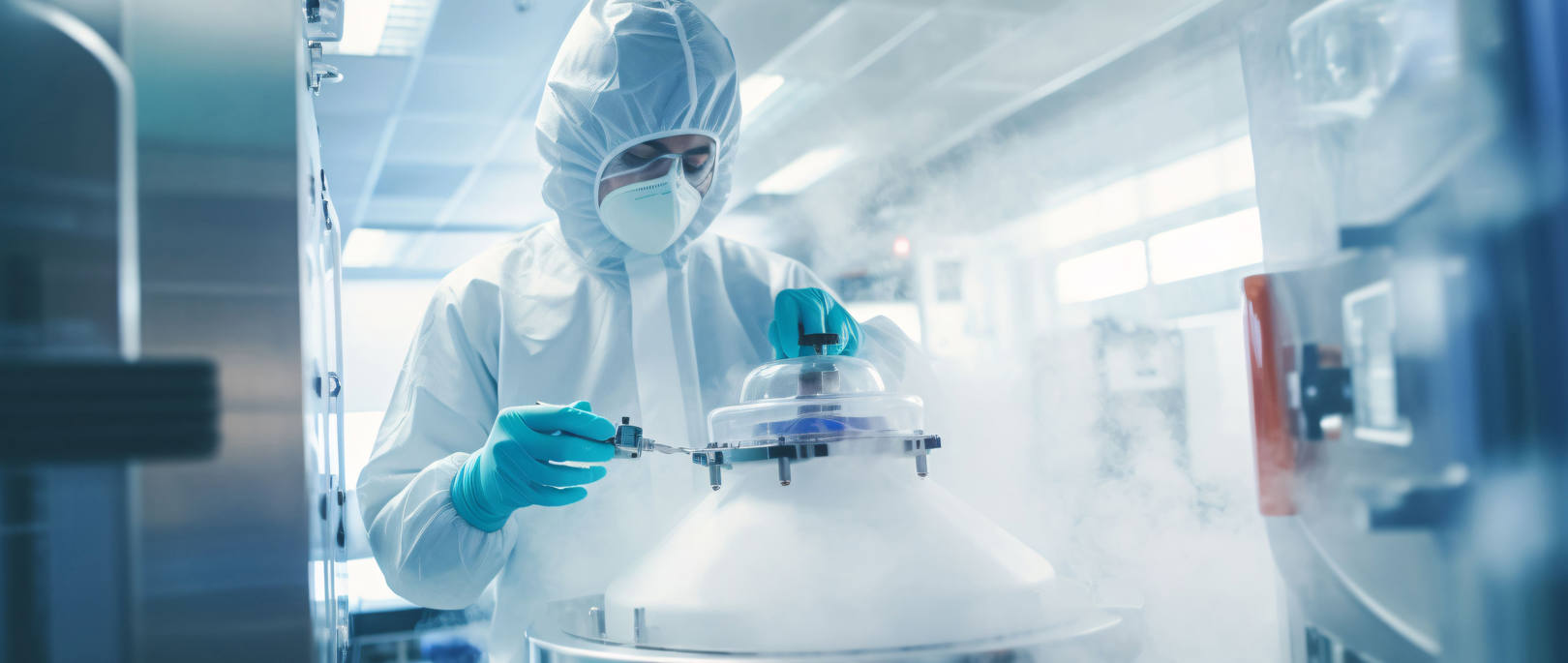
Don’t put your lab’s credibility at risk
If LN₂ supply is interrupted, detector cooling stops, leading to rapid warming of the IR detector. This causes a sharp increase in thermal noise, loss of spectral resolution, and possible instrument shutdown.
Interrupted runs can result in unusable data, forcing analysts to repeat experiments and potentially delaying case reports, investigations and court proceedings. Over time, repeated thermal cycling caused by supply interruptions can also shorten detector lifespan and increase maintenance costs.
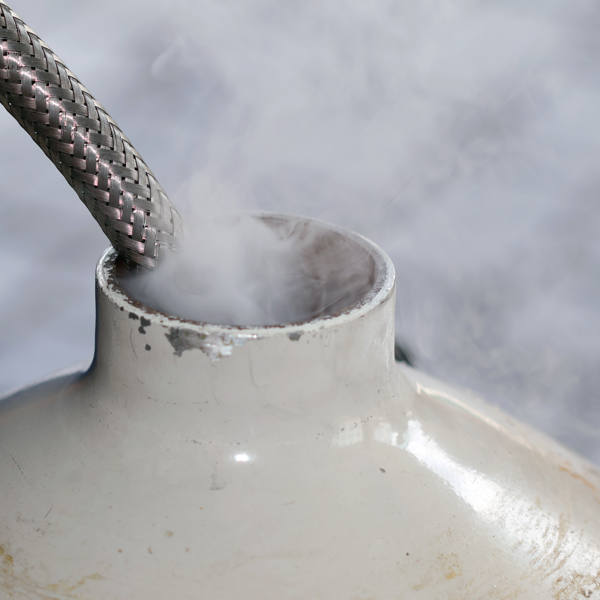
Challenges of Traditional LN₂ Supply
Supply Chain Limitations
- Reliance on bulk deliveries exposes laboratories to supply disruptions caused by transportation delays, adverse weather, or geopolitical events.
- Missed or delayed deliveries can halt forensic workflows, delaying casework and compromising evidence analysis.
Transportation Losses
- LN₂ is transported over long distances in cryogenic tanks, where boil-off losses of 30–40% are common during transfer and decanting.
- By the time the LN₂ reaches the laboratory, a significant portion has already been lost, raising costs for the customer and reducing efficiency.
Safety Risks
- Refilling detector dewars or storage tanks careful handling, maintenance, and troubleshooting.
- LN₂ evaporation in enclosed spaces can displace oxygen, creating an asphyxiation hazard.
- Handling high-pressure cylinders and cryogenic storage vessels increases operational risks.
Continuous, On-Demand Supply
Eliminates dependency on deliveries, ensuring uninterrupted detector cooling.
Operational Simplicity
Plug-and-play systems require minimal setup and only an electrical connection, with intuitive touchscreen control.
Integrated Safety Systems
Built-in protections, safe dispensing, emergency stop functions, and automated standby mode reduce handling risks.
High-purity LN2
Real-time oxygen monitoring and sterile filtration ensure consistent detector performance, avoiding contamination or signal degradation.
Efficiency and Cost Control
Proprietary no-loss pressure system eliminates boil-off losses common in traditional storage, reducing operational costs.
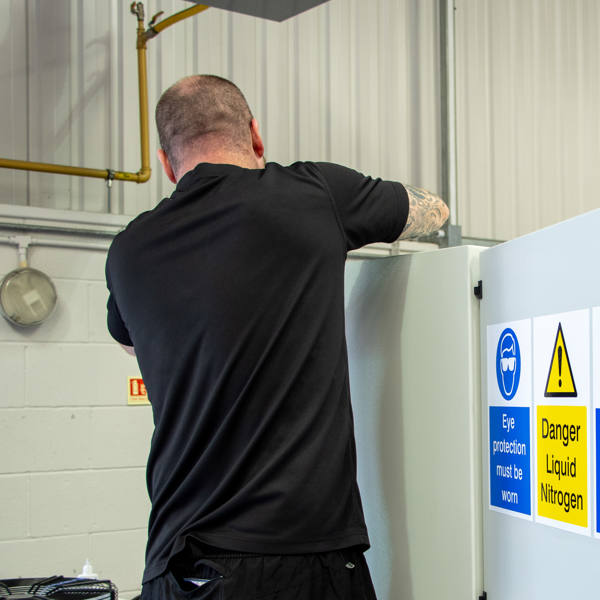
Local Service and Support Network
Noblegen provides factory-trained service engineers who provide fast, reliable technical support to ensure uninterrupted forensic laboratory operations.
· Noblegen is supported by the wider PEAK International Group’s service footprint, with operations in 25+ countries and service centers in 20+ countries.
- Our dedicated local teams address regional logistical challenges, offering proactive maintenance plans to keep your systems performing at their best.
- Exclusive use of manufacturer-approved parts for consistent, long-term reliability.
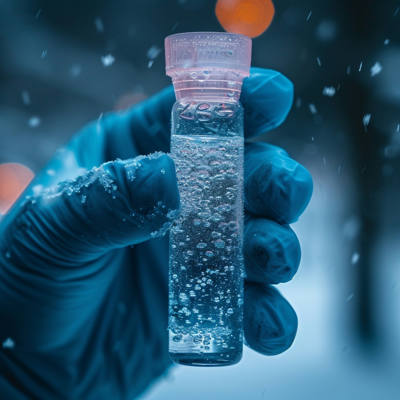
Future-Proof Your Forensic Operations
Forensic laboratories using IR spectroscopy require dependable liquid nitrogen availability to ensure accuracy, continuity, and safety in their analyses. Traditional bulk LN₂ supply chains expose labs to risks of supply disruption, evaporation losses, and safety hazards.
By adopting Noblegen’s on-site LN₂ generation systems, your forensic laboratory can benefit from:
- Uninterrupted liquid nitrogen supply
- Reduced operational costs
- Enhanced laboratory safety
- A lowered carbon footprint.
Adapting an on-site generator is not only a technological upgrade, but a strategic investment in operational resilience for forensic science.
Noblegen LN2 Generators for Forensic Labs
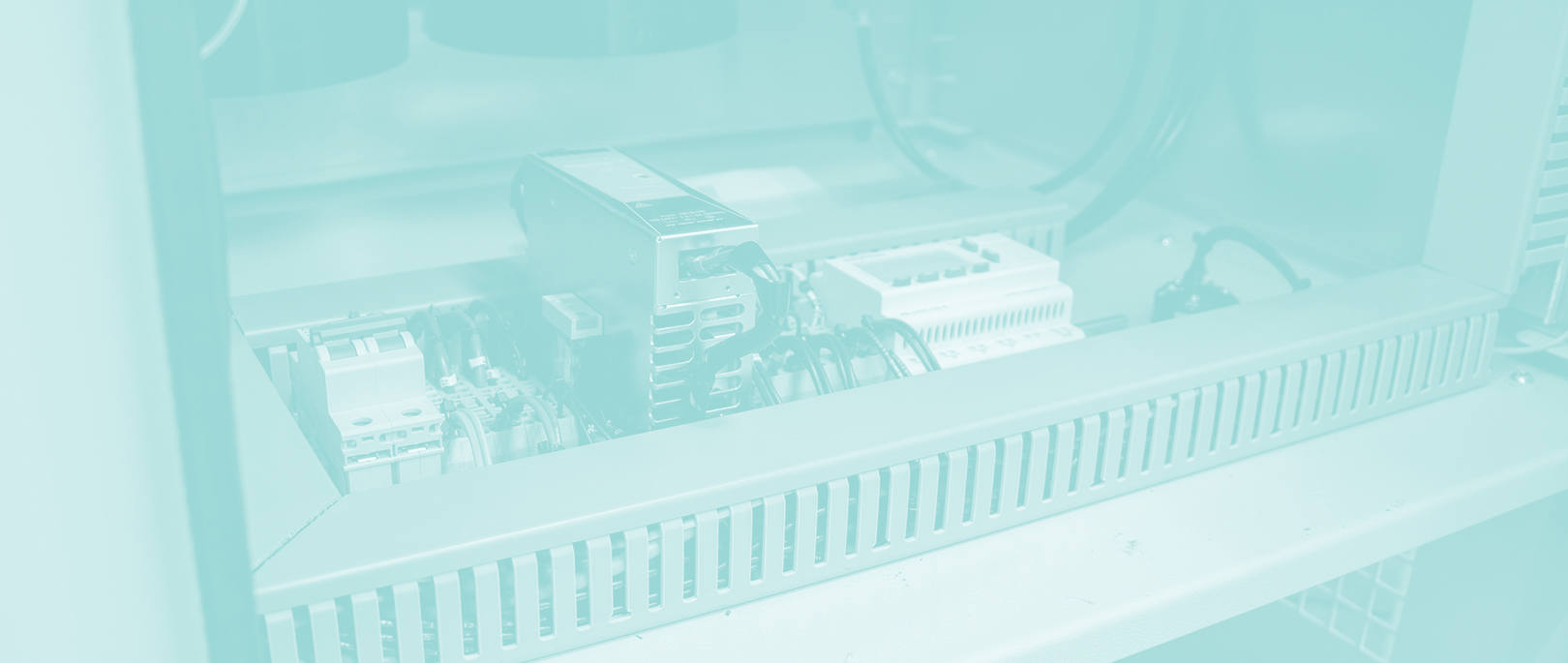
Find Out More
Contact us for more information on liquid nitrogen generators for forensic applications:
- +44 (0) 191 460 1177
- sales@noblegencryo.com


